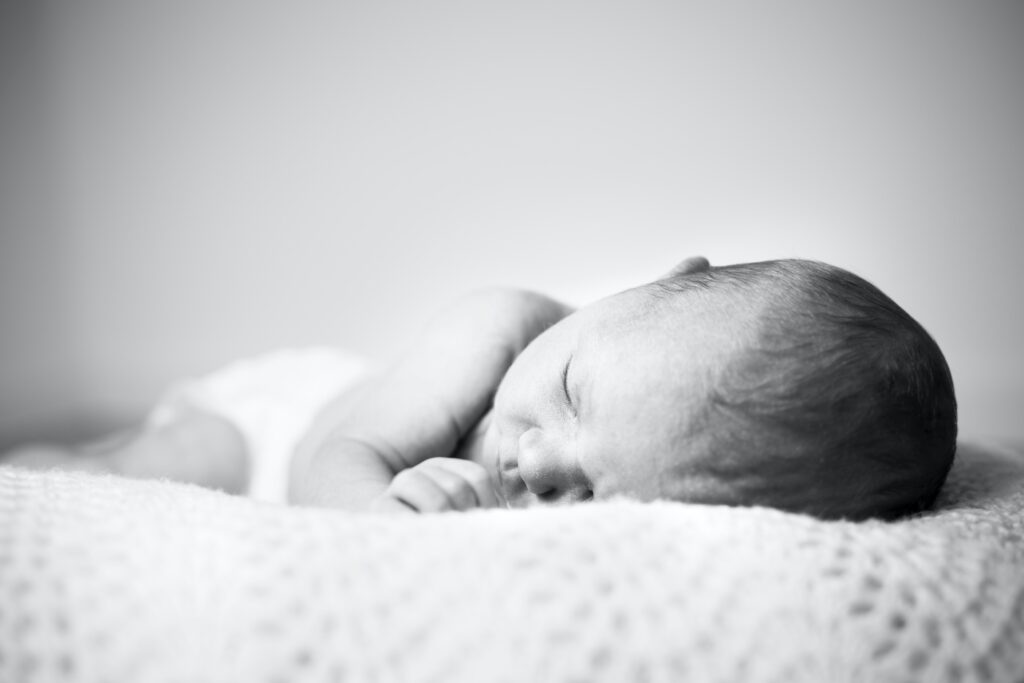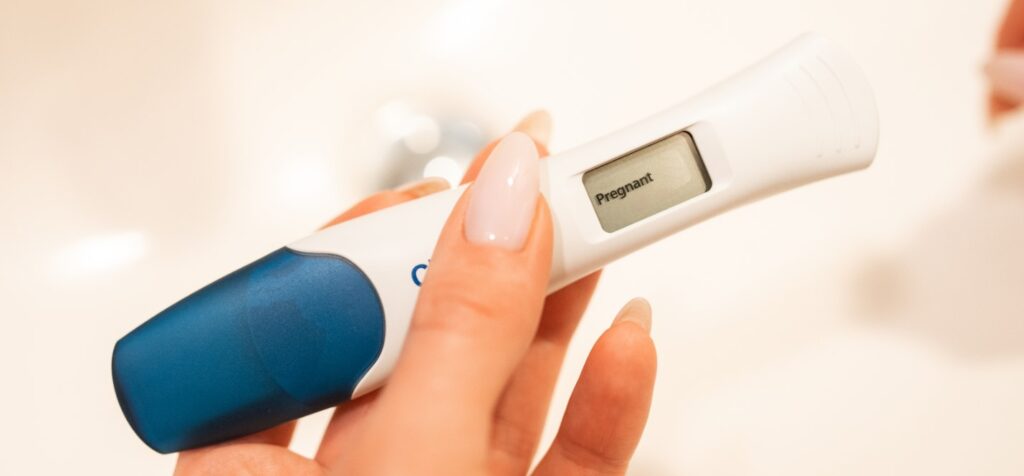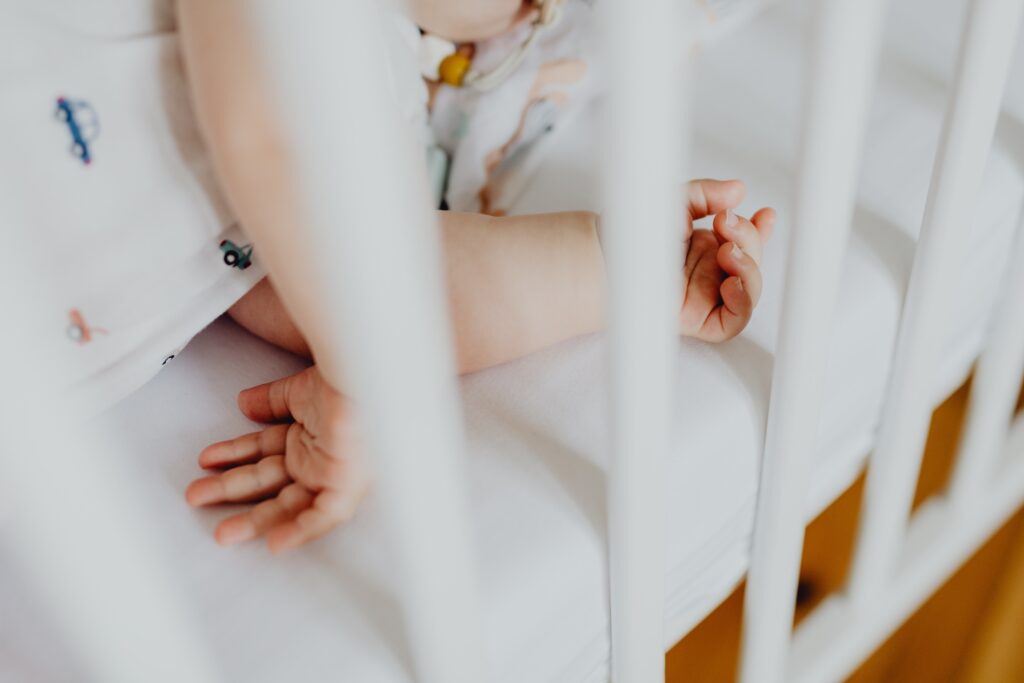Becoming a new parent is a wonderful but overwhelming experience. One of the biggest concerns for parents is ensuring that their newborn is getting enough sleep. Understanding your baby’s sleep patterns, including their wake windows, can help make the first six months a little bit easier.
What are Wake Windows for Newborns?
Wake windows refer to the amount of time that a baby is awake and alert before it’s time for them to go back to sleep. Newborns have shorter wake windows, typically lasting only 45 minutes to an hour. As your baby grows, their wake windows will become longer, allowing for more opportunities for play and interaction with you.
How to Determine Wake Windows for Your Newborn
The length of a baby’s wake window can be influenced by several factors, including age, feeding schedule, and overall health. The easiest way to determine your baby’s wake windows is to observe their behavior. If they are starting to rub their eyes, fuss, or seem disinterested in their surroundings, it’s likely time for them to go back to sleep.
Wake Windows for Newborns by Age Group
0-2 Months: During the first 2 months of life, newborns typically need to be awake for only short periods of time, usually no longer than 45-60 minutes at a time. After that, they will need to return to sleep in order to promote healthy growth and development.
3 Months: At 3 months, newborns may be able to stay awake for a little longer, up to 1 hour at a time. However, it’s still important to make sure they get plenty of sleep in between wake periods.
4 Months: At 4 months, wake windows may continue to increase, with babies able to stay awake for 1-2 hours at a time. However, some babies may experience the 4-month sleep regression at this time, which can cause disruptions to their sleep patterns.
5 Months: By 5 months, wake windows may be as long as 1.5 – 2.5 hours. However, it’s important to remember that every baby is different and some may still need shorter wake windows.
6 Months: At 6 months, wake windows may continue to increase, with some babies able to stay awake for 2 -3 hours at a time. Again, it’s important to keep in mind that every baby is different and some may still need shorter wake windows.
The 4-Month Sleep Regression
The 4-month sleep regression can be a difficult time for parents, as it often results in disrupted sleep patterns for both baby and parent. During this time, babies may start waking more frequently during the night and may have a harder time falling and staying asleep.
There are several possible causes of the 4-month sleep regression, including developmental milestones, changes in sleep patterns, and disruptions to the sleep environment. However, it’s important to remember that this is a temporary phase and that your baby’s sleep patterns will eventually return to normal.
In the meantime, there are several things you can do to help your baby get through the 4-month sleep regression, such as establishing a consistent bedtime routine, adjusting their wake windows as needed, and making sure their sleep environment is safe and comfortable.
Common Sleep Challenges and How to Overcome Them
Despite your best efforts, there may be times when your baby has trouble sleeping. Overstimulation, naptime difficulties, and nighttime awakenings are just a few of the challenges that parents of newborns face. To overcome these challenges, try to maintain a consistent sleep schedule and sleep environment, and be patient and persistent with your efforts.
If you’re looking for even more guidance and support, be sure to check out our comprehensive newborn sleep guide. Our guide is packed with expert advice and tips to help you promote healthy sleep patterns for your baby.
Remember, as a new parent, it’s important to be kind and understanding with yourself, too. The first six months can be a challenging but rewarding time for both you and your baby. By working together, you can ensure that your baby gets the sleep they need to grow and develop.
Useful Items to Aid Newborn Sleep
Creating a comfortable and safe sleep environment for your newborn is key to promoting healthy sleep patterns. There are several items that can make this easier and more convenient for both you and your baby. We have added some suggested products for you. Kindly note that we may be paid a certain percentage of the cost of these items in case you purchase them directly from our site, especially if it’s an Amazon link, but this is at no cost to you. These products have been tried and tested personally, by my two children.
- Crib or Bassinet: A sturdy and well-made crib or bassinet is essential for your baby’s sleep environment. Look for a crib that meets safety standards, is adjustable, and has a firm, flat surface.
- Mothercare Ayr Baby Crib: it is easy to assemble and comes with three levels so you can keep lowering it as your baby learns to sit and stand. You can use it till your child reaches around 15kg after which you can shift out to a toddler bed.
- Mattress: A firm, flat mattress that fits snugly in the crib or bassinet is also important. Avoid using soft bedding, pillows, or stuffed animals, as these can increase the risk of sudden infant death syndrome (SIDS).
- Mothercare Eclipse Cot Mattress: make sure you buy a mattress protecter to keep under your sheets.
- Mattress Protector
- Fitted Bedsheets: We used the AmazonBasics brand which worked well and were comfortable and easy to use.
- Swaddle Blankets: Swaddling your baby can help soothe them and promote better sleep. Look for swaddle blankets that are soft, breathable, and adjustable to ensure a comfortable and secure fit. Make sure that the baby has enough space to move her legs & it’s tighter around the chest and arms. Please stop swaddling at around 4 months or whenever you notice that the baby is trying to roll. It is NOT safe to swaddle a baby who can roll.
- White Noise Machine: A white noise machine can help block out distractions and create a calming sleep environment for your baby.
- We used the Amazon Echo Dot for this. You can just ask Alexa to play white/brown noise.
- Blackout Curtains: Light blocking curtains help your child connect her sleep cycles so she can sleep longer and deeper.
Safe Sleep and the Dangers of Cosleeping
One of the most important aspects of promoting healthy sleep patterns for your newborn is ensuring their safety while they sleep.
In India, it is common for parents to follow traditional sleep practices, such as co-sleeping and using soft bedding. While these practices may have been passed down through generations, they can increase the risk of SID (Sudden Infant Death) and other sleep-related dangers for newborns.
Co-sleeping on a soft surface, such as a mattress or pillow, increases the risk of SID as it can make it easier for a baby to suffocate or become trapped. Additionally, the use of soft bedding, such as blankets or pillows, can also increase the risk of SID as it can obstruct a baby’s airway.
It’s important to note that while these sleep practices may seem comforting and convenient, they can be dangerous for newborns.
In order to promote healthy and safe sleep for your newborn, it’s important to adopt safe sleep practices, even if they differ from traditional Indian sleep practices. By doing so, you can help reduce the risk of SID and other sleep-related dangers, and ensure that your baby gets the restful sleep they need to grow and thrive.
In conclusion, understanding the wake windows and sleep patterns of newborns can be a crucial aspect of ensuring their healthy growth and development. Whether your baby is experiencing the 4-month sleep regression or simply adjusting to new milestones, it’s important to provide them with a safe and comfortable sleep environment, and to be patient as they navigate these changes.
If you’re looking for additional guidance and support, be sure to check out our comprehensive newborn sleep guide. Our guide is packed with expert advice and tips to help you promote healthy sleep patterns for your baby.




Pingback: How to Sleep Train Your Newborn: Breaking the Taboo and Improving Your Family's Sleep - MamaSquirrel